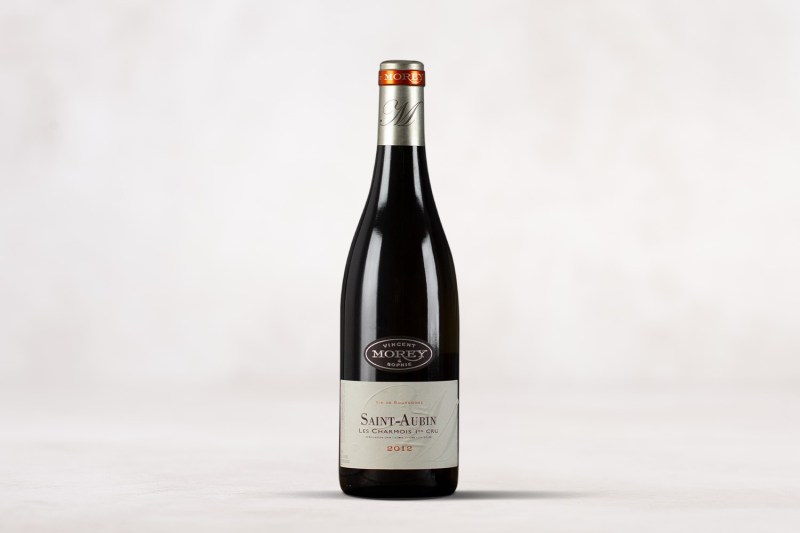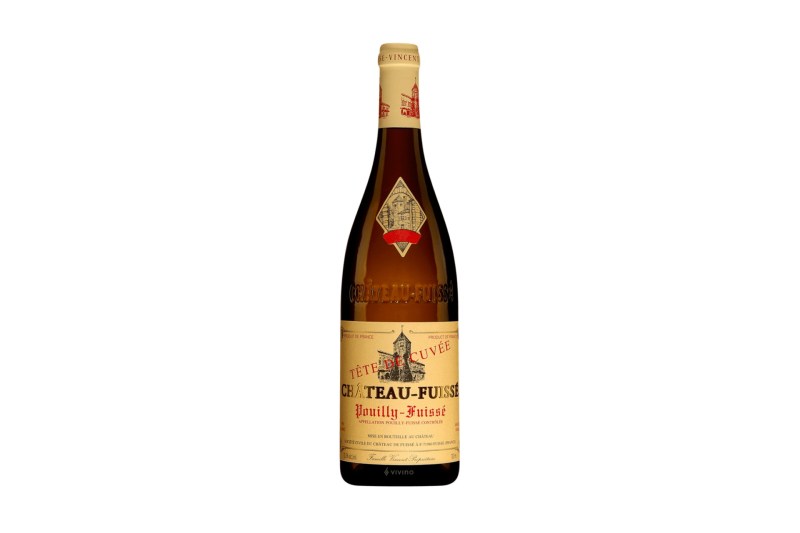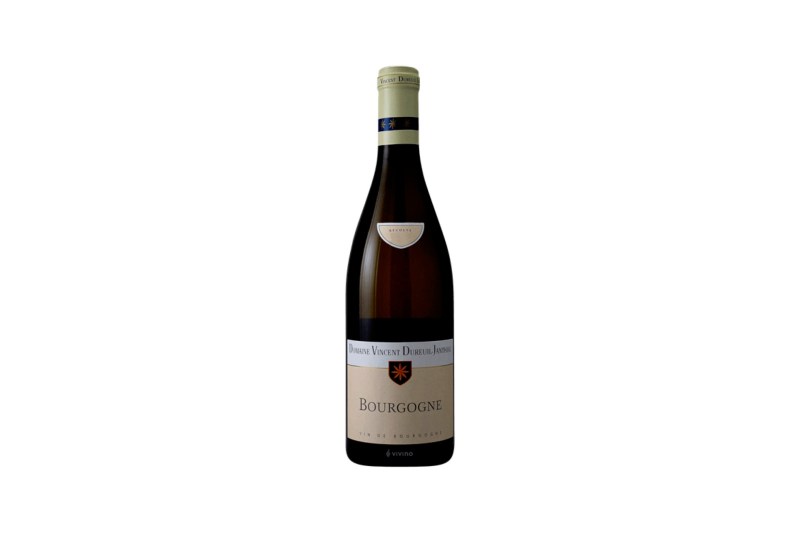White Burgundy has had its fan base for quite a while in the world of wine, both in terms of sommeliers and casual enthusiasts. And for good reason, as the Chardonnay from France’s famous region is hauntingly tasty.
Related Reading
While White Burgundy (also known as Bourgogne Blanc) can include other white varietals like Pinot Blanc and Pinot Gris, the vast majority is Chardonnay. And before you get any wild ideas about what Chardonnay really is, note that Burgundy is where it all started and it touts some of the best expressions of the grape on the planet.
“The combination of complex aromas, richness of texture, and a deep mineral presence in the best wines create a taste experience that few wines on Earth can rival,” says Ian Cauble, Master Sommelier and founder of SommSelect. “Even if you think you don’t like white wine or don’t like Chardonnay, give white Burgundy a try; it’s likely to surprise you.”
Vincent et Sophie Morey Saint-Aubin Premier Cru “Les Charmois”

Made from a tiny Grand Cru vineyard parcel, this wine shows why this corner of the wine map is so coveted. As Cauble says, it’s a stunner and about as good as you’ll find in the sub-$50 range for White Burgundy.
Château Fuissé Pouilly-Fuissé Tete de Cuvée 2017

This example is rich and robust, with a tapered acidity and exuberant nature. Even cooler, it comes from an estate that got its start in 1604. You’ll never lay hands on a flabby New World Chardonnay again.
Domaine Vincent Dureuil-Janthial Bourgogne Blanc 2018

Another steal suggested by Cauble, this wine is sourced from fruit grown in the lauded Puligny-Montrachet village but just beyond the formal AOC boundary. “As a result, the wine tastes like it should cost twice the price,” he says.
What is White Burgundy Wine?
Burgundy is most famous for Pinot Noir, the finicky red behind some glorious medium-bodied wines. Winemaking is believed to date all the way back to the 2nd century here. Today, Burgundy is home to dozens of communes or sub-zones with their own distinctive microclimates and other growing conditions that in turn make the wines unique.
Part of the reason White Burgundy is so lauded is this very history. It’s where Chardonnay has thrived and been made the longest and, as such, the locals speak the language of the grape fluently. Generally speaking, within Burgundy, the Bourgogne Blancs and Mâconnais are the most straightforward and Chablis tend to be brighter and a tad more expensive. There’s also the luxury tier otherwise known as Côte de Beaune, aptly dubbed by many as the Beverly Hills of Burgundian wine.
According to Cauble, the three major regions for White Burgundy are Puligny-Montrachet, Chassagne-Montrachet, and Meursault. They’re all pretty close together in the northeast of France, just minutes away from each other by car. “Each village and vineyard has unique characteristics that define the way each one tastes different than the next,” he adds.
As is French custom, these vineyards will often have a plurality of owners, all with their own individual growing and winemaking ideas on what makes a good wine special. All of which makes tasting through a village’s offerings a fun exercise, as there is lots of variety amid underlying quality. But that’s assuming you can afford the stuff. As Cauble says, the prestige and demand around these three iconic Burgundian sub-appellations has led to soaring prices.
Fortunately, he’s got some insider info: He suggests nearby and lesser-known villages like Saint-Aubin, which are capable of producing near identical Chardonnay riffs at a much more reasonable price point.
Regardless of which direction you go within the White Burgundy realm, you’re sure to find something good. Bottle prices can soar well into the five-digit range, especially for the aged stuff, so it helps to enter with some of the bottles above or talk up your local bottle shop. If nothing else, you’ll experience Chardonnay where Chardonnay all began, getting a grip on why it remains one of the most popular and intriguing wines on the planet.


